Although many people buy reproductions of old furniture, most of the time, they are worthless than they used to be. If you're not sure if a piece of furniture is an actual antique, or if it's worth more than its price, try to find an expert to determine its authenticity.
Contents
When it comes to re-creating old wooden furniture, look for pieces that have been collected by the family. You may also find real antiques or old pieces that were passed down through the generations.
Ways to Identify Antique Furniture
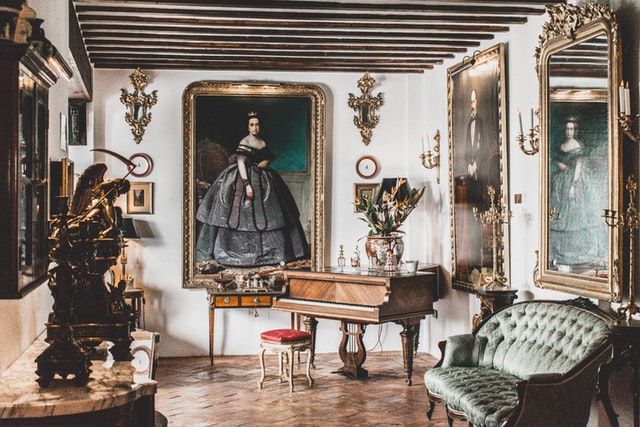
An antique is different depending on where it's from. In the East, it's usually Queen Anne's or earlier furniture, while in the West, it's anything that came from a wagon or a mountain.
On the other hand, if it's a piece of furniture that has special value, it should be classified as an antique furniture. Generally, fine antique dealers consider pieces that are 150 years old or older to be considered antiques.
There are many types of furniture pieces, and each one has its unique characteristics. For instance, if you're after a Louis XV chair, chances are that it won't find a spot in a garage sale.
Familiarity with Antique Styles
Before buying a piece of furniture, be sure to understand the details of the antique furniture style and the materials used in it. Many styles include Queen Anne, William and Mary, American, European, and Rococo Revival. It's also important to know the kinds of wood and veneers used in the making of these pieces.
Leg and Foot Styles
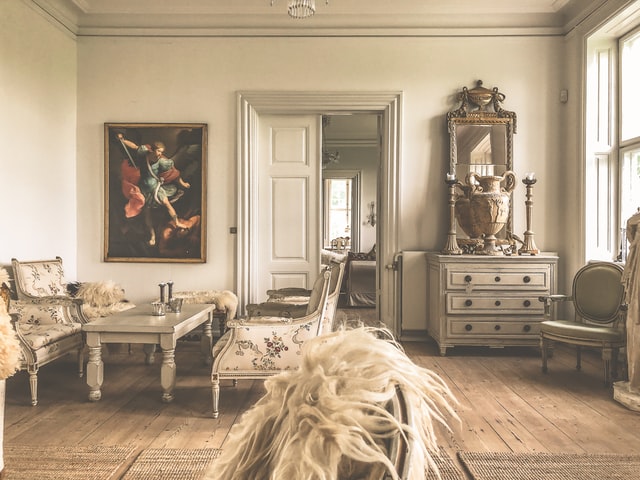
One of the easiest ways to identify an item of furniture was by observing its feet and legs. In the early 17th century, most furniture featured ball- and claw-style feet. This design was prevalent in early 18th-century designs, such as Queen Anne's. Other notable leg styles include the pad- or Dutch-style, which was prevalent in Queen Anne's furniture.
Other Common Characteristics
The ability to identify common characteristics helps narrow down possible styles. For instance with antique chairs, American-style chairs have a ladder back or a curved horizontal slat, while European-style chairs have a central splat. They can also be distinguished by their distinctive shapes. Another style that's easily recognizable as Hepplewhite.
How to Determine the Age of Antique Furniture
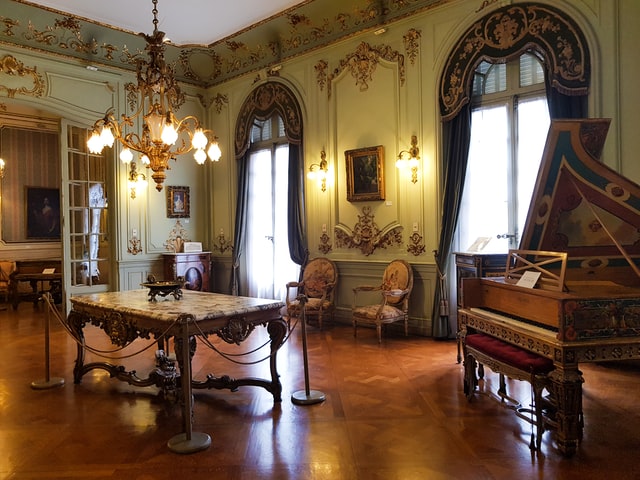
If you want to know the age of American furniture, start by studying the various elements that make it work. Then, analyze the materials used to make the furniture. This will help you figure out if the pieces were made by hand or if they were made using machine-made components.
More Than Style of a Piece
You cannot just look at the style of the furniture to determine its age. There are a variety of styles and materials that were used to make the furniture.
Check The Exterior
Most handmade furniture has minor nicks on its surface that were made by hand planes to smooth out the wood. If the work looks too perfect or is not finished correctly, it probably was made using a machine-made component.
The joinery details of a piece can tell you a lot about its age. It can also provide important clues about the type of furniture that was made.
Look for Matching Elements
Machine-made furniture often has components that are similar to those used by hand. This means that the pieces are almost identical.
It's possible that the components were made before the 1860s. For instance, some wooden components such as foot and drawer knobs have slight differences in their shape.
Determine What Tools Were Used
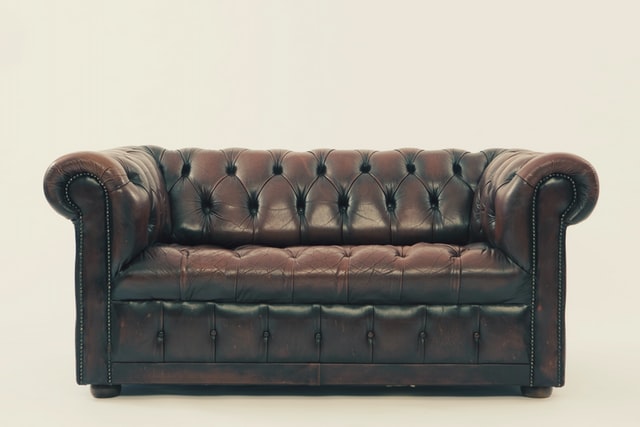
Although handcrafted furniture is still being made in the US, it is not as old as it used to be. When used, circular saws produced a circular pattern. This pattern was usually left behind by the hand tool workers as they worked on the piece.
When used to smooth wood, hand planes often left uneven surfaces. This is especially visible on the underside of furniture pieces made before the mid-1800s.
Check the Wood and Upholstery Fabric
Wool, silk, and cotton were the first materials used for upholstery. Various patterns and textures were also used for this type of work. A guide to the American furniture style can help you identify the styles that were used for upholstery.
The wood used for making the furniture doesn't indicate the age of the piece. However, it can help you establish its style and construction technique.
Before the 1700s, oak was the main component used in furniture. After that period, various materials such as walnut and mahogany emerged as prominent. It can be challenging to identify the wood finish that was used on a piece of furniture. Certain wood species were favored during different periods.
Check the Screws and Hardware
Since screws were not made entirely by hand until 1848, it's possible that the piece was made during the mid-19th century. From 1812 to the mid-1800s, some parts of the furniture were partially machine-made, while the others were finished with hacksaws.
The first set of screws was made by blacksmiths in the 1700s using square nail stock. If you find them in furniture, try to analyze other components to see if they match the age of the hardware. Early 18th-century brass hardware was often cast from molten brass and had a rough texture and a polished outer surface. It also featured various pockmarks on its backs.
After the Eastlake period, brass hardware became less prevalent in furniture production. It's possible that the pieces were made before 1830.
Antique Furniture Styles
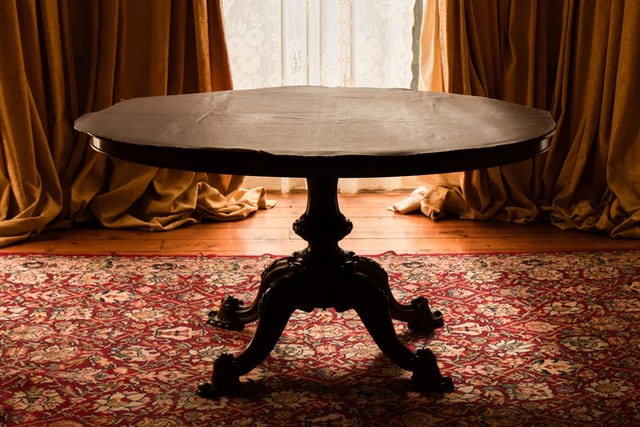
Style can be determined by remembering what elements each one likes and enjoys. Some key design elements define each style. Here is a list of major antique furniture styles.
William and Mary
This style was translated into American vernacular using native woods. The main decoration elements of this period are baluster-shaped turnings, oval or round feet, and contrasting woods.
Queen Anne
The style developed from Queen Anne's court until the Revolution. Regional areas began developing their unique style so that the Colonists could show their creations.
Chippendale
This period saw the use of mahogany, walnut, and cherry. As for feet, there were still regional differences, such as the preference for ogee bracket feet or Marlborough feet.
Sheraton

The Sheraton style closely resembles that of Federal. It is associated with rural cabinetmakers, and many of its pieces featured native woods such as pine, oak, and mahogany.
Empire (Classical)
New furniture forms emerged during this period, such as the sleigh bed and the sofa table. Due to the large open rooms used during the Empire period, the sofa was allowed to be in the middle of the room and be used behind it.
Victorian
The Victorian period had various styles. Although many of these can be dated, the generic term "Victorian" was often used to refer to the style. Queen Victoria had also greatly affected the design styles of various items in daily life.
French Restoration

This style is the first of the Victoria era and is best known for its sweeping, undulating lines and motifs that are related to the French Bourbons' claim to the French throne.
The Gothic Revival
This style is easily identified by its fondness for the elements found in the architectural styles featured in earlier centuries. The woods used for these periods were walnut and oak, and some were also made from rosewood and mahogany.
Elizabethan
This style is most likely the most feminine-influenced aspect of the Victorian era. It features a variety of flower arrangements and varying heights and widths of the chair backs.
Louis XVI
This style features various Victorian elements, including arches, ornate boxes, and urns. Throughout the 1890s, walnut was in vogue, and other dark woods were also used.
Renaissance Revival

This style featured a variety of motifs, including florid and curvilinear, and they often used dark woods such as walnut. High relief carving was also prevalent, as was ornamentation with various motifs. Legs were also often turned with acanthus leaf designs.
Néo-Greek
This style is easily recognizable by its combination of the Renaissance Revival and Louis XVI. It features elements similar to Greek architecture, such as acanthus leaf motifs and pilasters.
Art Furniture
This style is characterized by its use of angular and straight lines, and it also featured more fluid pieces. The growing Oriental influence was also apparent in furniture during this period.
Art Deco
The Paris Exposition became the main theme for all types of design during this period. It featured crisp lines and the use of controlled curves. The elegant lines and straight lines were still prevalent in furniture.
Modernism or Mid-Century
During this period, various materials were used, such as plastic, aluminum, and molded laminates. The use of these new materials was also heavily influenced by the Museum of Modern Art and the Bauhaus. In 1940, Charles and Eero Saarinen won first prize for their designs.
Conclusion: Identifying Genuine Antiques
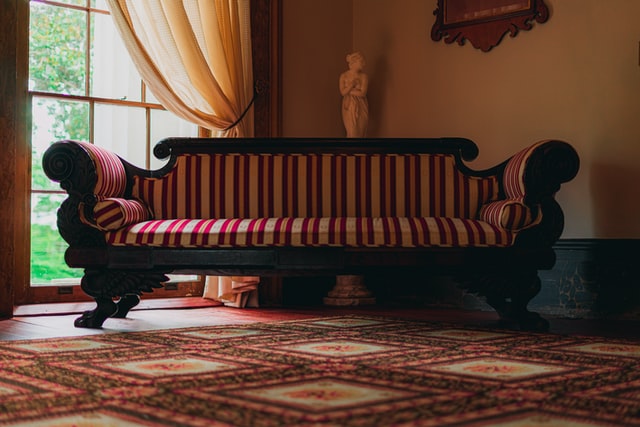
A close examination of the furniture's construction can reveal if it's a real antique. Its joinery, for instance, can indicate that the piece was made before 1860, which is when machine-made furniture was first introduced. Other signs of old furniture include its oil and wax finish and natural wear.
If the piece has drawers, take off the top and back of the drawer to see if the hardware is attached to the sides of the drawer. Also, make sure that the joints are straight and aren't overlapping.
Until the 1600s, wooden dowels or peg holders were used to hold the mortise-and-tenon joints in place. In the 1700s, the use of glue was permitted on joint sets. In the 1860s, the machine-made Knapp joint was introduced.
Before the 1800s, the wood for furniture pieces was first sawn using a circular saw. After that, most of the wood was cut with a circular saw. If the wood shows signs of nicks or cuts, it probably was cut using a plane, or a drawknife. If the wood shows arc or circular marks, it was probably cut using a circular saw.





Leave a Reply
You must be logged in to post a comment.